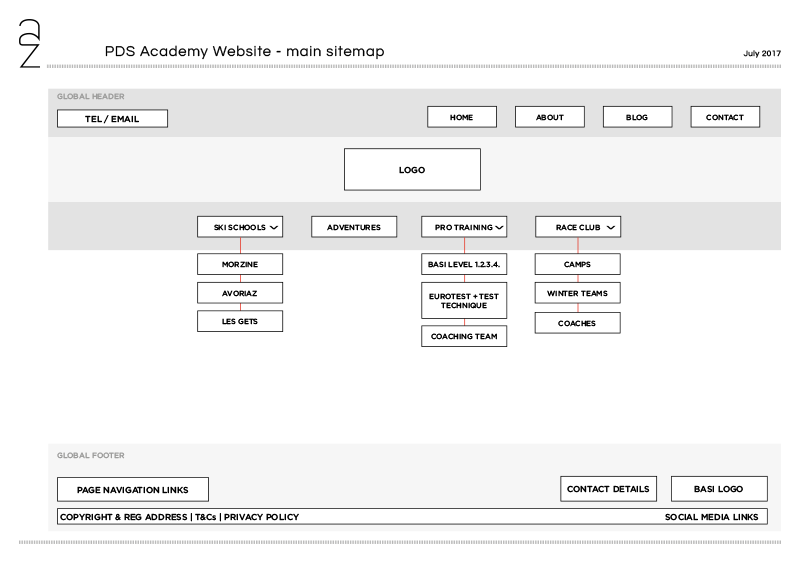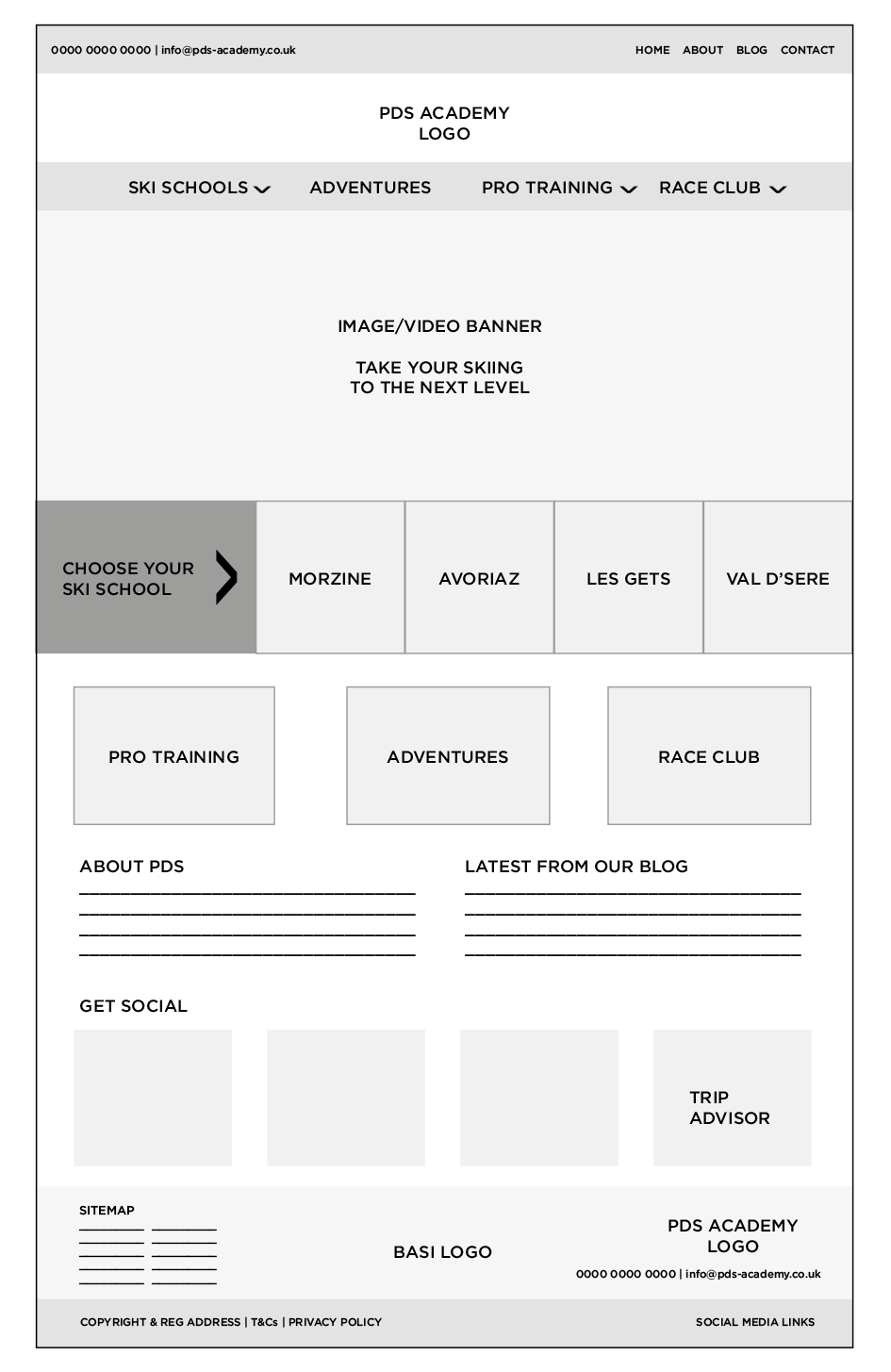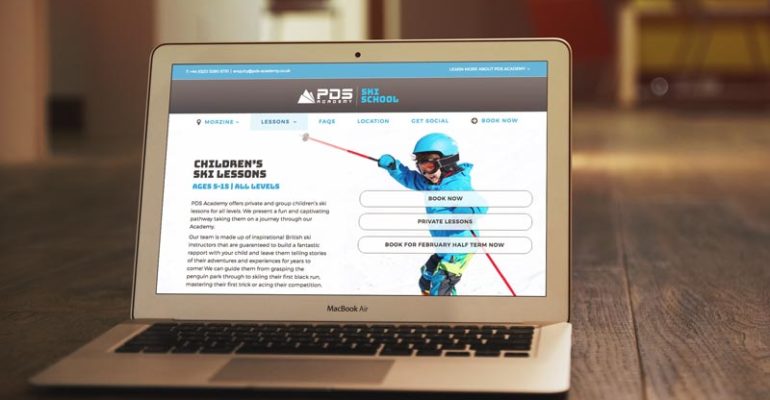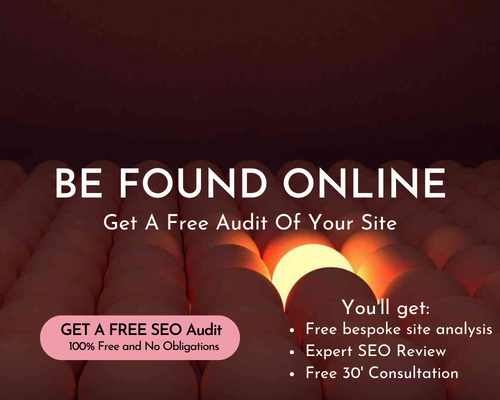What is User Experience Design?
- Home
- Articles and Publications
- SEO Case Studies
- What is User Experience Design?
What is User Experience Design?
Posted on March 13, 2018
0 Comment
Silvia at PinkSEO asked if I could write a blog post for her website, to talk about User Experience Design. So here I am. I’m Angela Zeballos, Creative Director at az.design. I help businesses explore and refresh their brand identity to attract new clients and become more visible. With simple design techniques, expert advice and clear visuals.
So, the first question that’s probably on your lips is…
What is User Experience Design?
User Experience (or UX) refers to the experience a person has with a product. That product could be a real-life object – like a car or a printer, or an experience – like a hotel-stay or cinema trip. Another area that user experience design is key, is website and app design.
No matter what the product is, it will exist in a marketplace crowded with competitors. And the best way for a product to stand out is to provide its users with a great experience which is easy to use.
Above all, solid user experience design makes a product simple to engage with. It’s not about looking good, but about working well and being intuitive for the user to navigate. UX needs to be considered prior to the visual design of a website.
Good user experience design will give a website credibility and trust in the eyes of its customers. People are more likely to return and use the site again if their first experience was a positive one. Hence, good user experience design creates a strong brand. And, it is also great for SEO because users engage with the site and then return to engage again. Search engines notice this kind of activity.
So, how can you make your website better from a user experience design perspective?
Firstly, think about your users…
You must always think about your users and make a good first impression. Provide a clear and clean interface which is easy for the user to navigate and find what they need. Your homepage should be a little like a contents page with a brief outline of what is contained in the entire site. Clear signposts should take the user to the next page within their journey. Help lead the way and if you have different user-types, make sure they have clearly labelled sections to help them find their way quickly. Don’t use large blocks of text on the page, as this will lose the interest and focus. Create visual call-to-actions where possible as the human brain is more likely to engage with visual content.
Secondly, create a slick user experience…
We live in a fast-paced world and people have less and less patience every day as a result. In order to keep our users right through to the end goal, we need to make the experience as slick and quick as possible. Fewer clicks and faster page loading times. Clear direction and end goal. Great usability on desktop and mobile for users both at their desks and on the move. Simple instructions and processes which are fun and intuitive to use. The experience should be easy, quick, enjoyable and engaging.
Thirdly, don’t get in the way…
Try not to interrupt your user when they are engaging with your website. Too many pop-ups and distractions will just annoy and frustrate. And more importantly, it will limit your users from getting what they want from your site. Equally, too many things going on all at once will confuse and overwhelm your users. It’s well-known that we don’t deal well with too much choice. Similarly, we are not very good at multitasking. So, let your users focus on one thing at a time. Work out the most efficient path through your website to your user’s goal. Then, design and optimise your site to encourage users along that path.
And finally, give your users a clear end…
You should never leave a user at a ‘dead-end’ on your website. Where their next step is unclear, and they have to figure out what to do next. Often, when faced with this scenario, users will leave without completing the journey. Simple instructions and call-to-actions should prompt your users to take the final step – be it contact you, leave their details, purchase a product or simply like a post. Once they have completed their goal, remember to say thank you and remind them to come back again soon!
Follow this simple process for great user experience design…
Wireframing is used in the website design world to create the UX for a website. This is usually the first stage of the process along with the sitemap creation. Plan out the pages of your website – where they will all sit to be most intuitive and logical. Then work out the user journey through the pages and end goal. Then create the page layout design and content to work for that journey.


And once your site is live, keep track of your users…
Once you have your website live, make sure you track it using Google Analytics. It’s important to review and track whether the users are reaching their goal and following the journey you have created. If not, why not? Where are users dropping off? Why? By looking at the results, you can then make changes to your website to better engage with the users and help them fulfil their journey.
In conclusion, good user experience design can be the difference from a potential customer reaching their goal on your website or not. The design has to work well, but the user journey needs to be well-considered and seamless. If customers are left with a positive experience, they are more likely to tell others about it and return themselves. A win, win for everyone.
Thanks for reading. You can learn more about website design tips and branding tips from my blog at az.design.


